Going on an adventure alone can be both exciting and nerve-wracking. While it’s important to embrace the spontaneity and thrill of solo travel, it’s also essential to prioritize your safety. Thanks to advancements in technology, you can now use your smartphone and other gadgets to stay secured while exploring new places. Here are some ways to use technology to stay safe on your solo adventures:
1. Download Safety Apps
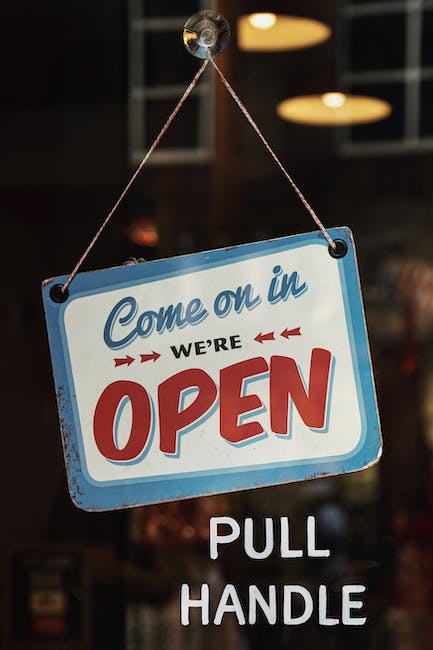
Aside from the usual travel apps like TripAdvisor and Google Maps, several safety apps are designed explicitly for solo explorers. Examples of such safety apps include bSafe, which can send alerts to your preferred contacts if you feel uneasy or unsafe, and Red Panic Button, which can instantly send your location to your emergency contacts with just one tap. Make sure to research and choose the best safety app that suits your needs.
2. Make Use of Emergency Contact Settings
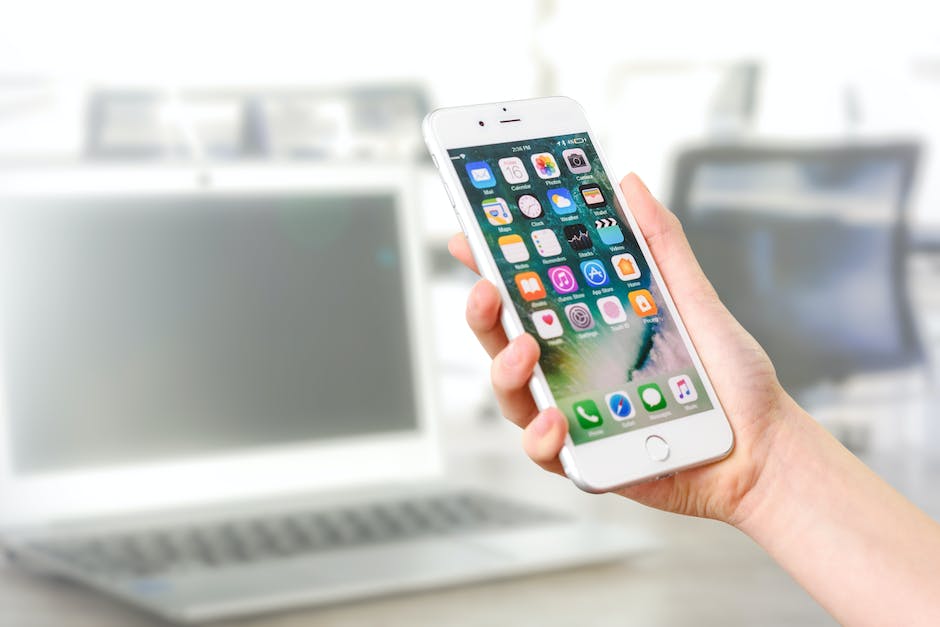
Many smartphones today offer a built-in emergency contact feature that can be accessed from the lock screen. This option allows you to hasten the process of calling for help or providing important information to first responders. Set this feature on your phone to make sure you’re always prepared in case of emergency.
3. Use GPS Navigation
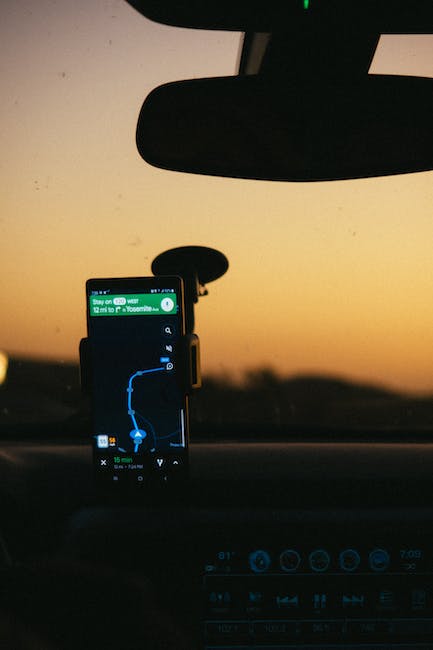
GPS navigation on your phone can help guide you to your destination and prevent you from getting lost. You can also use it to find your way in case of emergency. However, you must be prepared and ensure that you have offline maps or a portable charger for your phone in case it runs out of battery. It’s always a good idea to bring a paper map just in case.
4. Share Your Location with Friends or Family
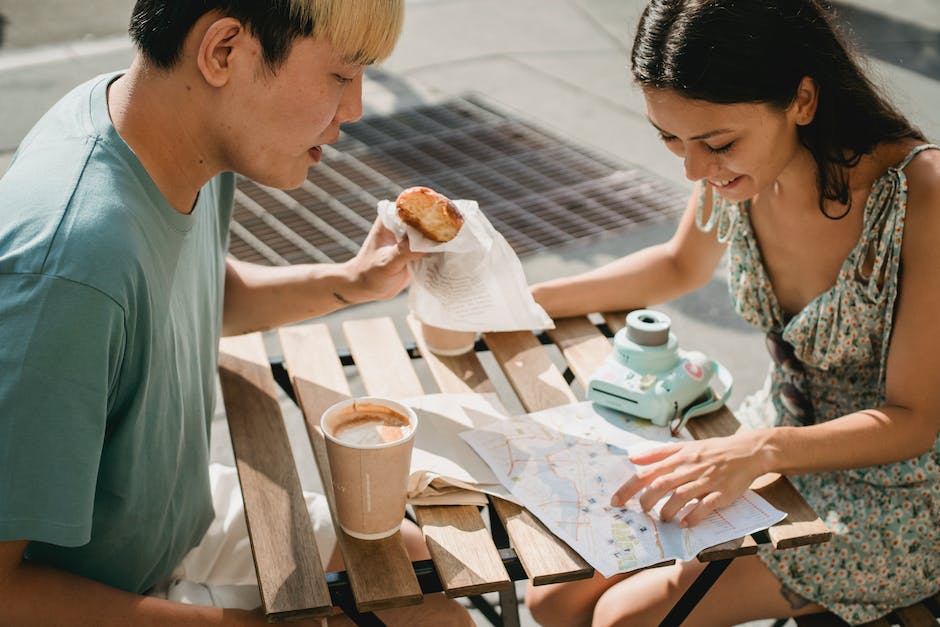
One of the most useful features of smartphones these days is the ability to share your locations safely with your trusted contacts. This feature can be accessed via apps like Find My Friends on iPhone or Google Maps Location Sharing, allowing your loved ones to know where you are at all times in case of emergency.
5. Pack Portable Chargers
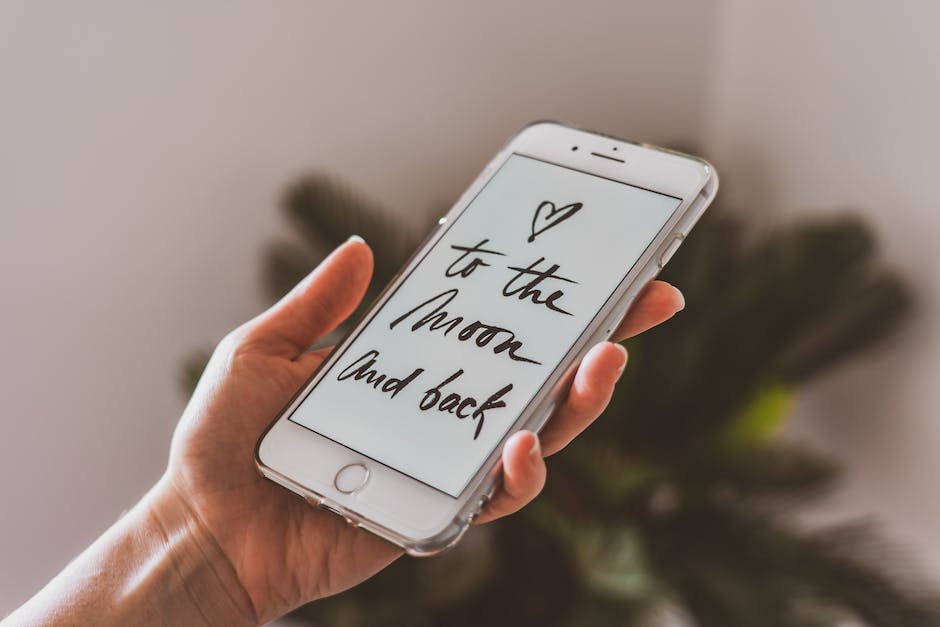
Your phone’s battery is essential when traveling alone. Bringing a pack of portable chargers and cables with you on your adventure keeps your devices charged, even when traveling in remote areas. This ensures your phone stays operational in case of an emergency.
6. Document Important Information

Take photos or make copies of important documents such as your passport, ID, and itinerary. Store them in a secure location, such as an encrypted cloud storage service so that you can access them in case of loss or theft. Sending a copy to a trusted contact is also helpful, so they have a backup copy if something happens.
7. Use Wearable Technology

Wearable technology, such as smartwatches or fitness trackers with GPS capabilities, can provide added safety and peace of mind while solo traveling. They monitor your health, and you can stay in touch with your friends and family, adding an extra layer of security while exploring alone. There are also panic buttons built into some smartwatches that can trigger an emergency alert.
8. Stay Connected with Wi-Fi
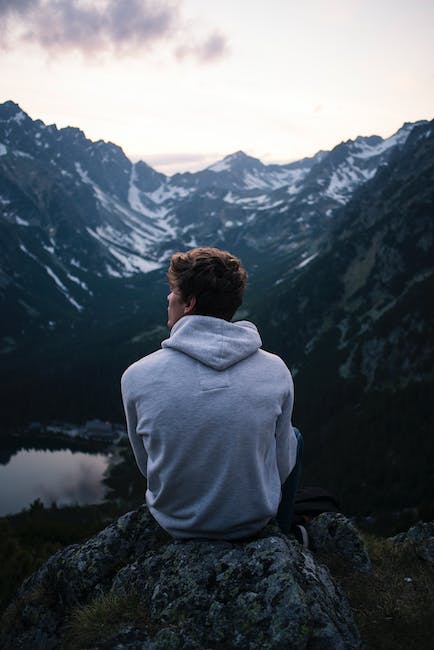
In a world where people feel the need to stay connected with others, most coffee shops, airports, and restaurants offer free Wi-Fi. Take advantage of it and stay connected with your loved ones, especially when traveling alone in an unfamiliar area. Being able to contact others in case of an emergency is one of the most important things during solo travel.
9. Avoid Public Wi-Fi

While public Wi-Fi can be convenient, it can also be unsafe. Public Wi-Fi doesn’t have the same level of security as a private network, so be careful when entering sensitive information like passwords or credit card details. If you’re in doubt of the security of a particular public Wi-Fi network, it’s best to avoid it altogether and use your data plan or a Virtual Private Network (VPN) instead.
10. Research Your Destination

As much as spontaneous travel is exciting, doing your research before embarking on a solo trip is essential. Knowing the local customs, language, and safety risks of your destination can make a difference and help keep you safe. You can join travel groups or forums and ask for advice or recommendations from locals or fellow travelers.








 You might also be interested in those articles related to solo traveling
You might also be interested in those articles related to solo traveling